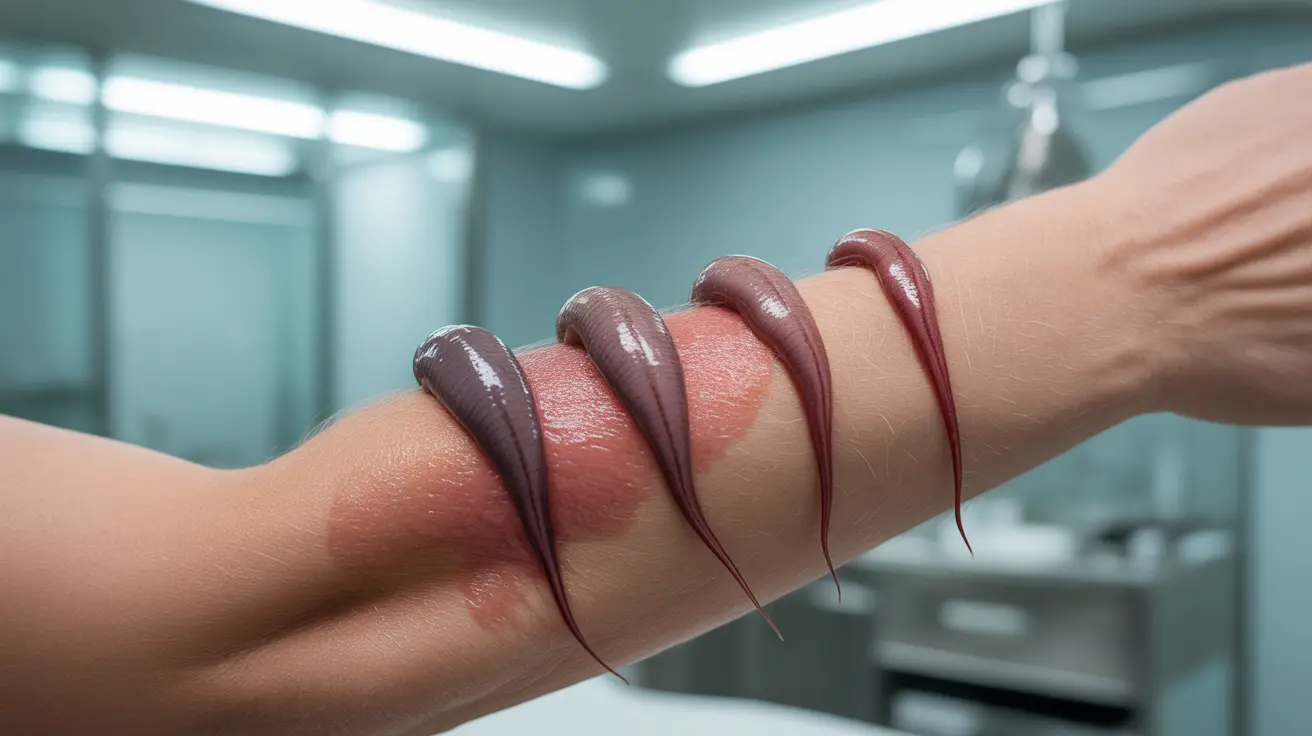Modern medicine has rediscovered the remarkable healing potential of leech therapy, a practice that dates back thousands of years. Today, this FDA-approved treatment is gaining recognition in plastic surgery, reconstructive procedures, and various medical applications. Understanding how leech therapy works and its proper medical uses can help patients and healthcare providers make informed decisions about this unique treatment option.
How Leech Therapy Works in Modern Medicine
Medical leeches (Hirudo medicinalis) secrete powerful bioactive compounds that provide multiple therapeutic benefits. When attached to specific areas of the body, these specially bred leeches release substances that prevent blood clotting, reduce inflammation, and improve blood flow to compromised tissue.
The primary components in leech saliva include hirudin (a natural anticoagulant), vasodilators, and anti-inflammatory compounds. These substances work together to help restore proper circulation and promote healing in various medical scenarios.
Medical Applications and Benefits
Reconstructive Surgery
One of the most significant applications of leech therapy is in plastic and reconstructive surgery. The treatment proves particularly valuable in cases where:
- Reattached fingers, toes, or other body parts need improved blood circulation
- Skin grafts require enhanced blood flow
- Post-surgical swelling threatens tissue survival
Other Medical Uses
Beyond surgical applications, leech therapy has shown promise in treating:
- Osteoarthritis
- Cardiovascular conditions
- Varicose veins
- Chronic wounds
- Post-surgical complications involving venous congestion
Treatment Protocol and Administration
Leech therapy must be administered by trained healthcare professionals in sterile medical environments. The procedure typically involves:
- Careful placement of medical-grade leeches on specific treatment areas
- Monitoring of the treatment duration (usually 20-45 minutes)
- Professional removal and disposal of the leeches
- Post-treatment wound care and observation
Safety Considerations and Risks
While generally safe when properly administered, leech therapy carries certain risks that require careful consideration:
- Potential infection from bacteria
- Prolonged bleeding at the attachment site
- Allergic reactions
- Scarring
- Psychological discomfort for some patients
Healthcare providers must carefully screen patients for conditions that might contraindicate leech therapy, such as:
- Blood clotting disorders
- Immunocompromised states
- Arterial insufficiency
- Certain blood-borne diseases
Frequently Asked Questions
- What are the benefits and risks of using leech therapy for surgical recovery, particularly in plastic and reconstructive surgeries?
Leech therapy in surgical recovery helps prevent tissue death, reduces venous congestion, and promotes healing in reattached or transplanted tissue. The main risks include infection, prolonged bleeding, and potential allergic reactions. When properly administered, the benefits often outweigh the risks in appropriate surgical cases.
- How does leech therapy work to improve blood flow and prevent tissue death in various medical conditions?
Leeches secrete bioactive compounds including hirudin, vasodilators, and anti-inflammatory substances. These compounds prevent blood clotting, improve circulation, and reduce swelling, helping to maintain tissue viability and promote healing.
- What are the common side effects of leech therapy, and how can they be managed or prevented?
Common side effects include localized bleeding, mild pain, itching, and potential scarring. These can be managed through proper wound care, monitoring, and preventive antibiotics when necessary. Professional administration and sterile conditions significantly reduce risk.
- Are there any specific medical conditions where leech therapy is contraindicated, and why?
Leech therapy is contraindicated in patients with blood clotting disorders, compromised immune systems, arterial insufficiency, and certain blood-borne diseases. These conditions could lead to excessive bleeding or increased risk of infection.
- How effective is leech therapy compared to other treatments for improving circulation and preventing blood clots in different health scenarios?
Leech therapy has shown particular effectiveness in microsurgery and reconstructive procedures, often proving superior to conventional treatments for venous congestion. While alternative treatments exist, leech therapy remains a valuable option, especially in cases where traditional methods may be insufficient or inappropriate.




